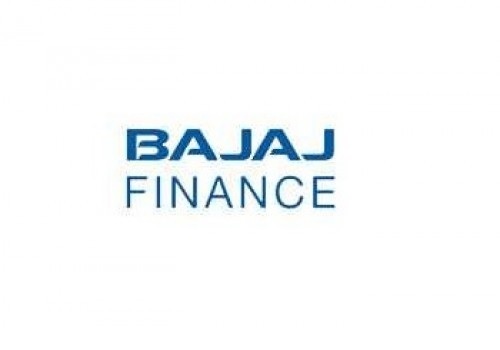NBFC Sector Update : Assessing impact of draft LCR guidelines: RoA to dip by up to 8bp By Motilal Oswal Financial Services Ltd
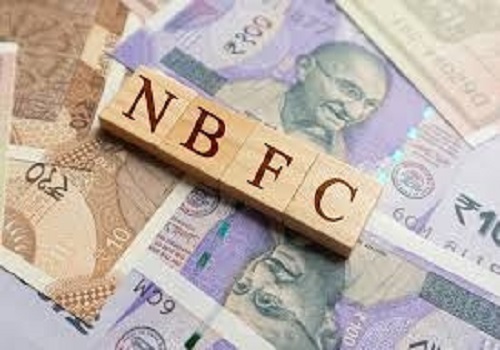
Sector earnings to be impacted by ~1%; incremental deposits required at INR2.7t
* In July’24, RBI issued draft guidelines to enhance the liquidity resilience of banks under the Basel III Framework on Liquidity Standards. These guidelines focus on reviewing haircuts on HQLA and run-off rates on certain categories of deposits.
* In our previous note, we highlighted a potential 7 to 13% hit on the overall LCR if the draft guidelines were implemented; in this note, we are further assessing the NIMs, profitability, and growth implication from the same. We estimate that if the guidelines were to be implemented, our key coverage banks would require an additional deposit of INR2.7t. Alternatively, the absence of these guidelines could lead to a moderation in their growth trajectory. We have recently published a note on systemic business growth trends pegging FY25 credit growth at 11%.
* We estimate that while our coverage banks’ LCRs will be impacted by 8.8% to 17.4% (as we keep a threshold LCR level of 120%) the impact on NIMs from the same will vary between 3 to 26bp. This will translate into a RoA impact of 1 to 8bp for our coverage banks, with PSBs being more resilient due to higher LCRs. Top ideas: ICICIBC, HDFCB, SBIN, FB, and AUBANK.
Draft guidelines to have an impact of 8.8% to 17.4% on banks’ LCR
* The draft guidelines from RBI represent proactive steps to strengthen the liquidity framework of banks. By increasing run-off factors for digital banking deposits and ensuring accurate valuation of HQLA, these measures aim to enhance the overall liquidity resilience of banks, ensuring they are better prepared to manage risks in the evolving financial landscape.
* Within our coverage universe, AUBANK, AXSB, and FB are among the PVBs with lower LCRs, while most PSBs are better positioned with LCRs of >120%. However, PSBs hold a larger share of retail deposits, which may offset this advantage to some extent.
* According to our calculations, we observe that the impact on banks’ LCR is broadly in the range of 8.8% to 17.4%, based on the assumptions that large PVBs have IMB deposits of 85% and PSBs have close to 70% while we keep a threshold LCR of 120%.
NIMs for our coverage banks to witness a limited impact of 3 to 26 bp
We estimate that banks will need to raise 1% to 5.7% of their existing deposit pool to meet the LCR requirements. Given the current tight liquidity, we expect banks to raise retail deposits at a rate of 7.25% while earning only 6.7% on the G-Sec/SLR after accounting for the CRR impact. Considering this, we reckon that banks will witness an overall impact of 3 to 26 bp on NIMs, with PSBs being in more comfortable positions aided by their higher LCR ratio. Meanwhile, amongst PVBs, AUBANK and IDFCB are expected to have the highest impact at 26bp and 22bp, respectively, and HDFCB the lowest at 5bp. Select banks such as KMB and CBK within our coverage will not have any impact on NIMs as they have been already maintaining a healthy LCR ratio.
Elevated CD ratio does not necessarily indicate a lower LCR
With robust credit growth over the recent years, many banks have been operating with a higher CD ratio. Recent regulatory measures, such as encouraging banks to lower their CD ratio, increasing risk weights for the rapidly growing loan segments, and proposing a review of the LCR framework, highlight the need to balance credit growth with deposit growth while prioritizing retail deposit expansion. Exhibits 4 and 5 show that certain banks have a higher CD ratio but alongside also maintain a higher LCR. Bandhan Bank serves as a notable example, possessing a high CD ratio as well as a high LCR — a pattern also seen in banks such as KMB and RBL. This implies that banks with higher CD ratio doesn’t necessarily need to have higher LCR ratio.
Inability to raise deposits can further suppress credit growth
Banks ability to attract deposits remains crucial for sustaining future credit growth. We had previously argued for an upcoming deceleration in the system credit growth which subsequently manifested in growth moderating sharply to 11.9% as of 1 st Nov’24, while deposit growth followed a steadier path at 11.8%. In recent months, banks have intensified their efforts to mobilize deposits, increasing the short-term TD rates to meet ALM needs. We believe that insufficient deposit growth could continue to constrain credit growth, further compounded by a high CD ratio. We have thus revised our FY25 credit growth forecast to 11% YoY from the previous estimate of 12.5% YoY.
RoA for key coverage banks to moderate by up to 8bp
* While the final LCR guidelines are still awaited and implementation may happen from Apr’25, PSBs are better positioned to absorb any potential impact as most PSBs maintain a significantly higher LCR.
* In some cases, we believe that PSBs may not even consider raising their retail deposits as they have been maintaining a higher share of HQLA, enough to absorb any new additional requirements of retail deposits. For PSBs, we believe the RoA impact to be minimal at 1-2 bp with CBK not having any impact as the bank is already maintaining a high LCR ratio.
* Among PVBs, we believe the RoA impact to be higher for AUBANK at 8bp as bank’s LCR has already moderated to 112%. This will be followed by FB and AXSB at a 7bp impact. For ICICIBC, IIB, IDFCB, HDFCB we estimate RoA impact of 3 to 6bp. KMB stands out due to its higher LCR ratio and, therefore, is unlikely to experience any impact.
Valuation and view
The banking sector has delivered range-bound returns over the past year, underperforming the Nifty due to concerns on margins, asset quality deterioration, and moderation in loan growth. The impending guidelines on LCR and ECL migration will further tighten the regulatory framework and impact the operating performance of underlying banks. While we are still awaiting the final guidelines, according to our initial assessment, they will impact banks’ margins by 3 to 26bp, while RoA will contract by 1 to 8bp (refer to Exhibit 13 for details). Our preferred picks are ICICIBC, HDFCB, SBIN, FB, and AUBANK.
For More Motilal Oswal Securities Ltd Disclaimer http://www.motilaloswal.com/MOSLdisclaimer/disclaimer.html
SEBI Registration number is INH000000412


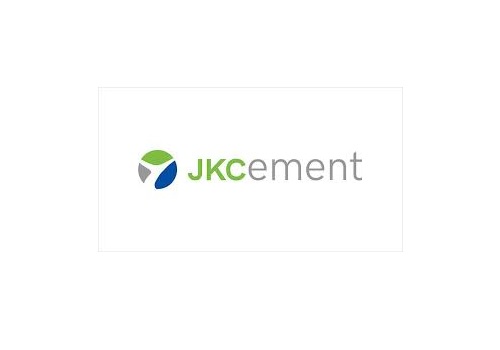
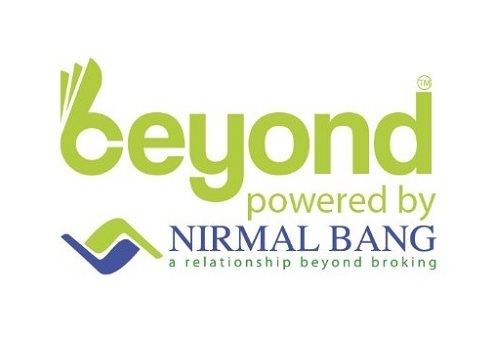

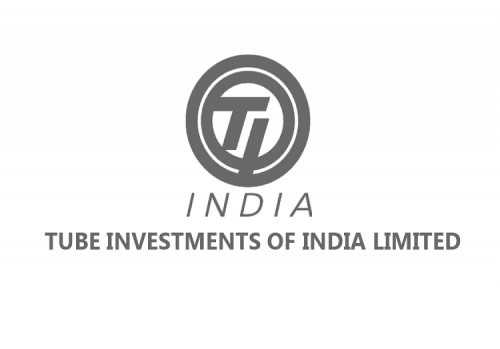




More News

Oil and Gas Sector Update : OPEC+ blinks but crude likely to be supported By JM Financial Se...











